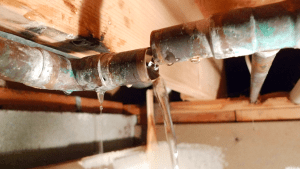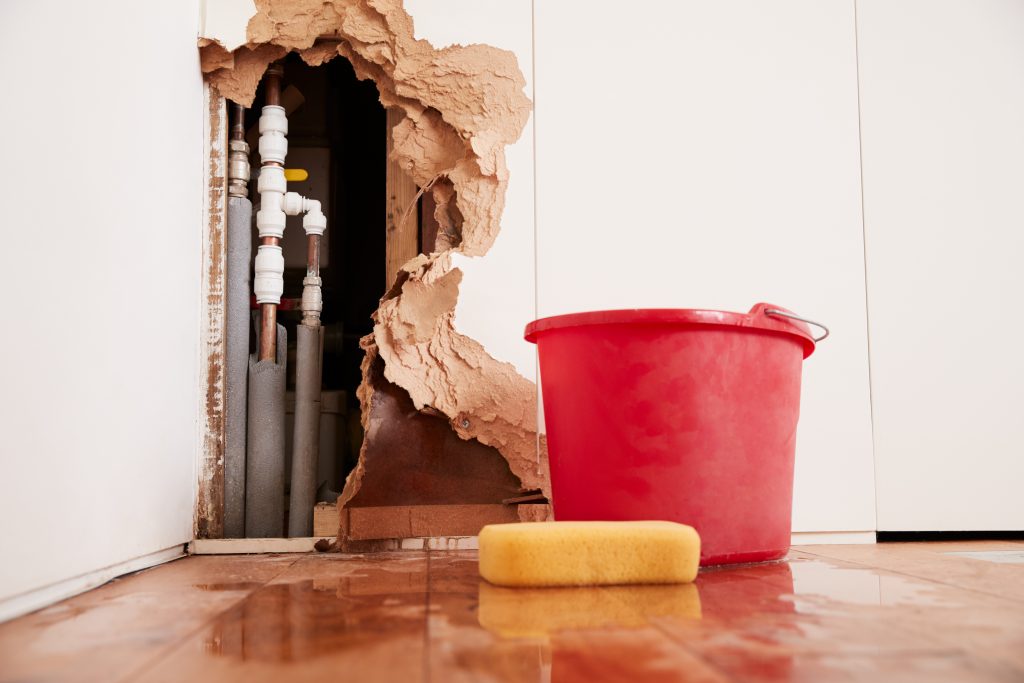The author is making a few good points on the subject of Finding hidden leaks as a whole in the content following next.

The minute you find a leak, calling your plumber for repairs is the very best solution. Some tiny water leakages might not be visible. If you can not find it with your nude eyes, here are some hacks that assist.
Early detection of leaking water lines can minimize a potential calamity. Apart from saving you cash, it will certainly lessen the aggravation and irritation.
Check Water Usage
If you detect unexpected modifications, despite your usage being the very same, it means that you have leaks in your plumbing system. An abrupt spike in your bill indicates a fast-moving leak.
A stable boost every month, even with the same practices, shows you have a slow leakage that's additionally gradually escalating. Call a plumber to thoroughly examine your residential or commercial property, especially if you really feel a cozy area on your flooring with piping beneath.
Examine and Assess the Circumstance
House owners need to make it a routine to check under the sink counters as well as also inside cupboards for any kind of bad odor or mold development. These 2 red flags suggest a leakage so prompt interest is called for. Doing routine inspections, even bi-annually, can conserve you from a significant problem.
Analyze the Water Meter
Every home has a water meter. Examining it is a surefire way that helps you find leaks. For starters, shut off all the water sources. Guarantee no one will certainly flush, utilize the tap, shower, run the washing device or dish washer. From there, go to the meter and watch if it will certainly alter. Because nobody is utilizing it, there need to be no activities. That indicates a fast-moving leakage if it relocates. If you find no adjustments, wait a hr or two and check back again. This implies you may have a slow leak that can even be underground.
Asses Outside Lines
Do not forget to check your outdoor water lines too. Must water permeate out of the link, you have a loose rubber gasket. One tiny leak can waste loads of water as well as spike your water bill.
Do a Food Coloring Examination
When it pertains to water intake, 30% originates from bathrooms. Examination to see if they are running appropriately. Drop flecks of food color in the storage tank and wait 10 mins. There's a leakage in between the tank and bowl if the shade somehow infiltrates your bowl during that time without flushing.
Examine for stainings as well as compromising as many appliances and also pipes have a life expectancy. If you presume dripping water lines in your plumbing system, don't wait for it to intensify.
The moment you find a leak, calling your plumber for repairs is the ideal remedy. Some tiny water leaks might not be visible. Examining it is a guaranteed means that assists you uncover leaks. One small leakage can squander bunches of water as well as surge your water costs.
If you think leaking water lines in your plumbing system, do not wait for it to rise.
WARNING SIGNS OF WATER LEAKAGE BEHIND THE WALL
PERSISTENT MUSTY ODORS
As water slowly drips from a leaky pipe inside the wall, flooring and sheetrock stay damp and develop an odor similar to wet cardboard. It generates a musty smell that can help you find hidden leaks.
MOLD IN UNUSUAL AREAS
Mold usually grows in wet areas like kitchens, baths and laundry rooms. If you spot the stuff on walls or baseboards in other rooms of the house, it’s a good indicator of undetected water leaks.
STAINS THAT GROW
When mold thrives around a leaky pipe, it sometimes takes hold on the inside surface of the affected wall. A growing stain on otherwise clean sheetrock is often your sign of a hidden plumbing problem.
PEELING OR BUBBLING WALLPAPER / PAINT
This clue is easy to miss in rooms that don’t get much use. When you see wallpaper separating along seams or paint bubbling or flaking off the wall, blame sheetrock that stays wet because of an undetected leak.
BUCKLED CEILINGS AND STAINED FLOORS
If ceilings or floors in bathrooms, kitchens or laundry areas develop structural problems, don’t rule out constant damp inside the walls. Wet sheetrock can affect adjacent framing, flooring and ceilings.
https://www.servicemasterbyzaba.com/blog/how-to-detect-water-leakage-in-walls/

I found that piece about Locating water leaks when doing a lookup on the internet. For those who appreciated our page plz do not forget to pass it around. Kudos for your time. Visit again soon.